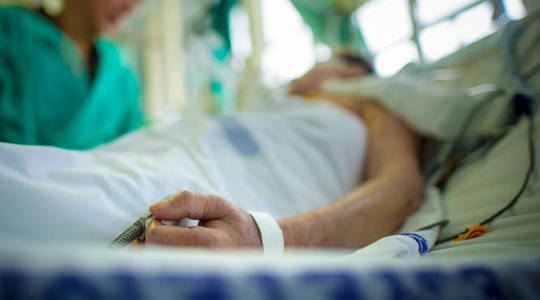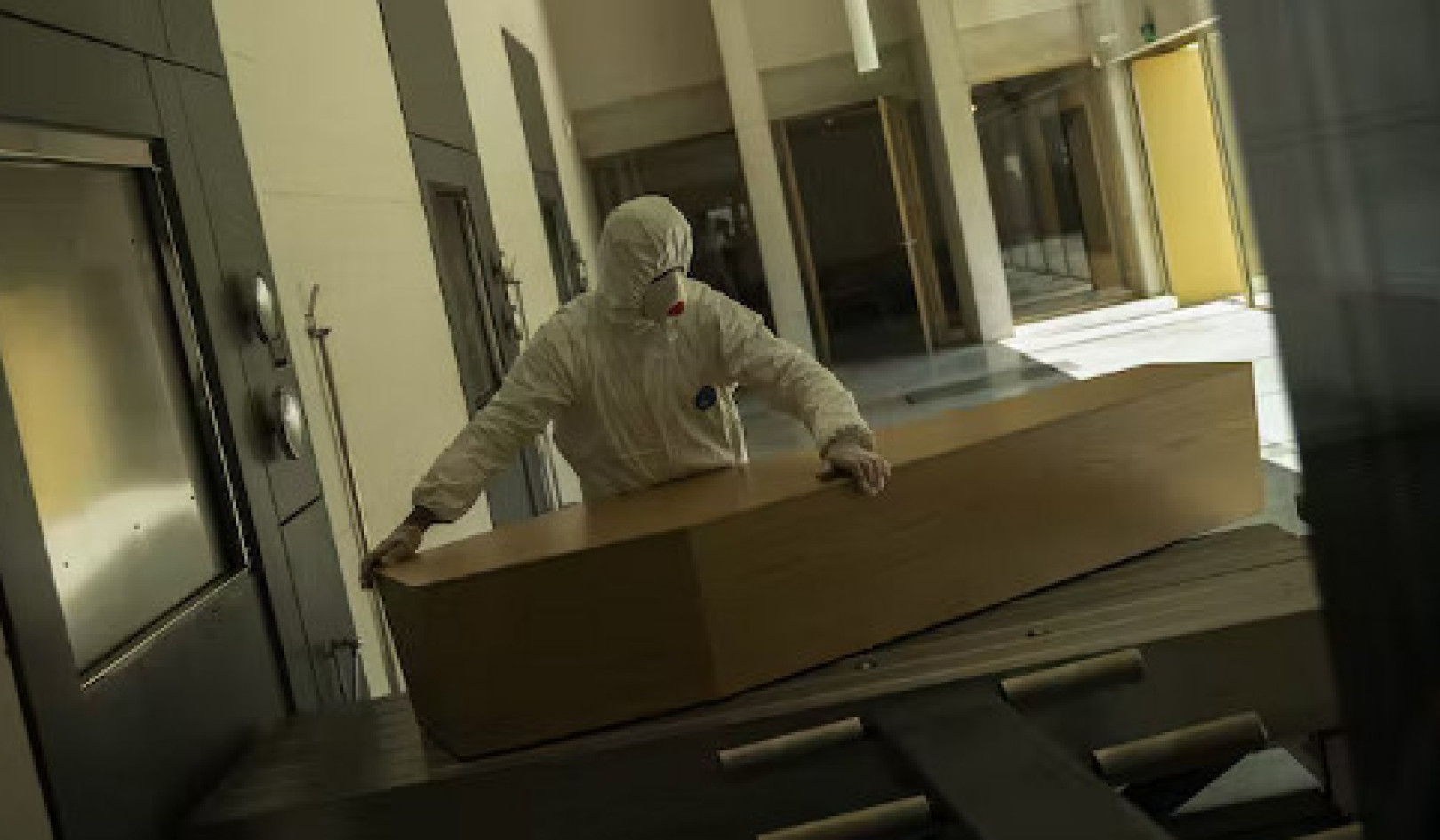A visit to family in Glasgow for Christmas in 2015 nearly had a tragic ending for me. Two days earlier I had been repairing the lock on my garden gate, when I scratched my hand on a nail. By the time I arrived in Glasgow I was feeling unwell. Twenty-four hours later I was in University Hospital Hairmyres in a coma. I had developed sepsis. My family were told that I had almost no chance of surviving the night.
I woke from my coma three months later and spent another year getting back to full health. I’m one of the lucky ones. Sepsis affects more than 30 million people a year worldwide and kills an estimated 6m people, of whom nearly 2 million are children. Of those who do survive, 40% will have post-sepsis syndrome, which leaves them with lasting physical and mental symptoms.
Sepsis starts with a viral or bacterial infection, usually of the lungs, abdomen or urinary tract, but it can also begin in a whole host of other ways, including a scratch (as happened in my case) or a bite. It’s not the bug that causes the potentially life-threatening condition, however, it’s the body’s response to the infection. A complex cascade of events is triggered to fight an infection – in sepsis, this process becomes uncontrolled, rapidly accelerating and resulting in the failure of vital organs in the body, including the kidneys, heart and lungs.
Like a match being lit, a tiny spark at one end of the match head spreads out rapidly, the flame grows quickly and the match is destroyed by the flame, unless it’s blown out in time. The “flame” of sepsis in a body moves very quickly, and if my brother had not spotted those critical signs in time, or my treatment in the hospital had been delayed by even an hour, I would have died.
Sepsis symptoms can include pale and mottled skin, severe breathlessness, severe shivering or severe muscle pain, not urinating all day, nausea or vomiting. If you or someone you know has one or more of these symptoms, you should call the emergency services immediately and ask: “Could it be sepsis?”
Anyone can get sepsis, although research suggests that people with a vitamin D deficiency have a higher risk of contracting sepsis than most. Vitamin D deficiency has also been linked to an increased risk of getting an infection, which may then go on to cause sepsis.
Promising avenues
Unfortunately, while it may be possible to treat the original infection with antibiotics, there is no specific cure for sepsis – only the symptoms can be treated. New research, however, shows that metformin, a drug used to treat type 2 diabetes, can reduce the impact of sepsis by limiting the body’s immune reaction and protecting it from damage by free radicals (oxygen-rich molecules that can damage cells).
Other promising research suggests that gene therapy may prove important in tackling sepsis, by targeting a protein produced in the body called NF-kB, which malfunctions during sepsis. If successful, these and other treatments in development have the potential to save lives and reduce the long-term impact of the disease on survivors.
The latest research seems promising, but the greatest defence we have against sepsis is awareness of the condition in medical professionals and the public. But at the moment awareness is alarmingly low across the world.
Surveys suggest that only 40% of people in Australia have heard of sepsis and only one-third of this group are able to identify a single symptom. Figures are even lower in Brazil where only 14% of the public know what it is. And, although campaigning in the UK and Germany has created an awareness in over 60% of people, knowledge of the warning signs is still limited.
As you’d expect, awareness is higher among healthcare professionals – but there is a need for greater education within this group. A definite diagnosis is often difficult, and efforts are being made to establish clear guidance for healthcare workers across the world, including the roll-out of an internationally recognised protocol called Sepsis6.
With time, scientific research may provide new treatments – but in the short term, greater awareness of the condition among the public and medical professionals is likely to have the biggest effect on saving lives and minimising harm. So always ask: “Could it be sepsis?”
About The Author
Michael J Porter, Lecturer in Molecular Genetics, University of Central Lancashire
This article was originally published on The Conversation. Read the original article.
Related Books
at InnerSelf Market and Amazon


























